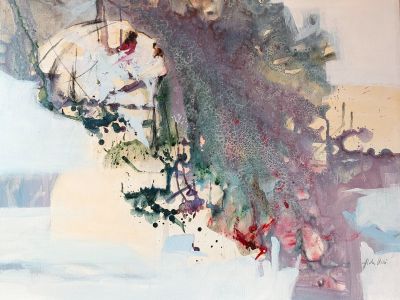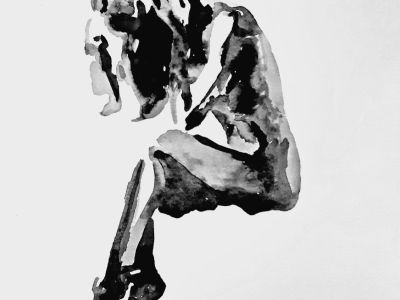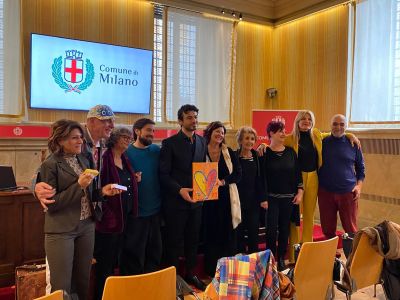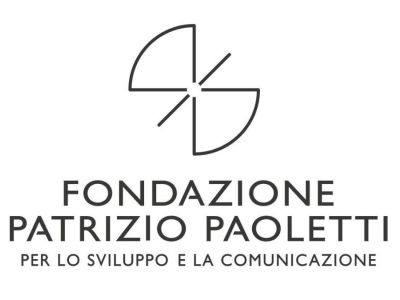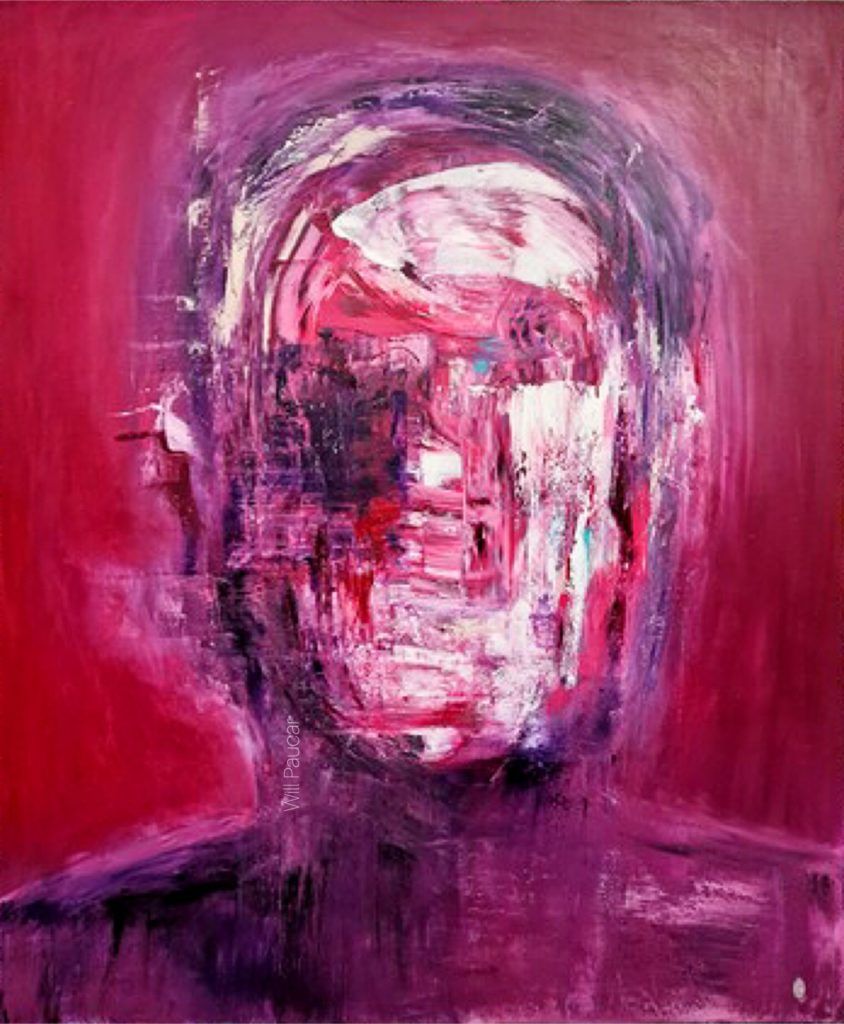
Will Paucar. Reckoning
Quanto emerge dai dipinti di Will Paucar è il lento disfacimento che, come un ‘ombra, aleggia sull’essere umano, generandone la sua più cruenta minaccia.
Per poterne comprendere l’opera e la filosofia alla base occorre, in primo luogo, considerare ogni creazione come parte complessa e integrante di un circuito che narra un’evoluzione psicologica.
Un’opera, dunque, che non può essere analizzata nella sua singolarità, bensì in serie, nella quale ogni immagine assume senso solo se letta in funzione dell’immagine successiva.
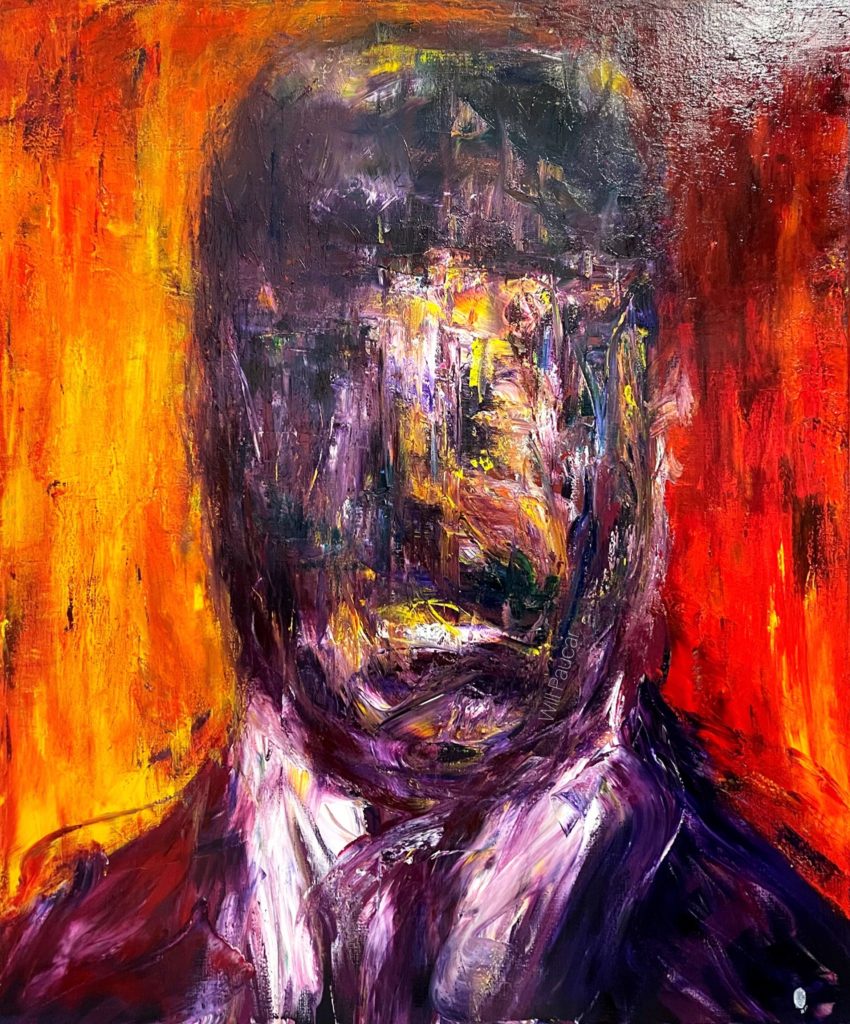
Punto d’origine è l’oscurità che, accollatasi la veste delle più cupe e tetre emozioni, inizia un silenzioso viaggio, salvo poi erompere violentemente all’esterno, avanzando sempre più alla ricerca della luce.
Come una spugna l’artista assorbe tristezza, sofferenza e dolore del mondo per trasmetterle al fruitore insieme alla metamorfosi che questi stati, in seguito, subiranno.
Il colore diviene materia, passando da toni chiari a scuri o viceversa.
Dove l’agire sulla tela è istintuale, quando la spatolata è più feroce e l’artista giunge a utilizzare le sue stesse mani, sostituendo così i classici strumenti da lavoro, la rabbia di quanto a voce non può essere spiegato affiora dominando, in tal modo, la tela.
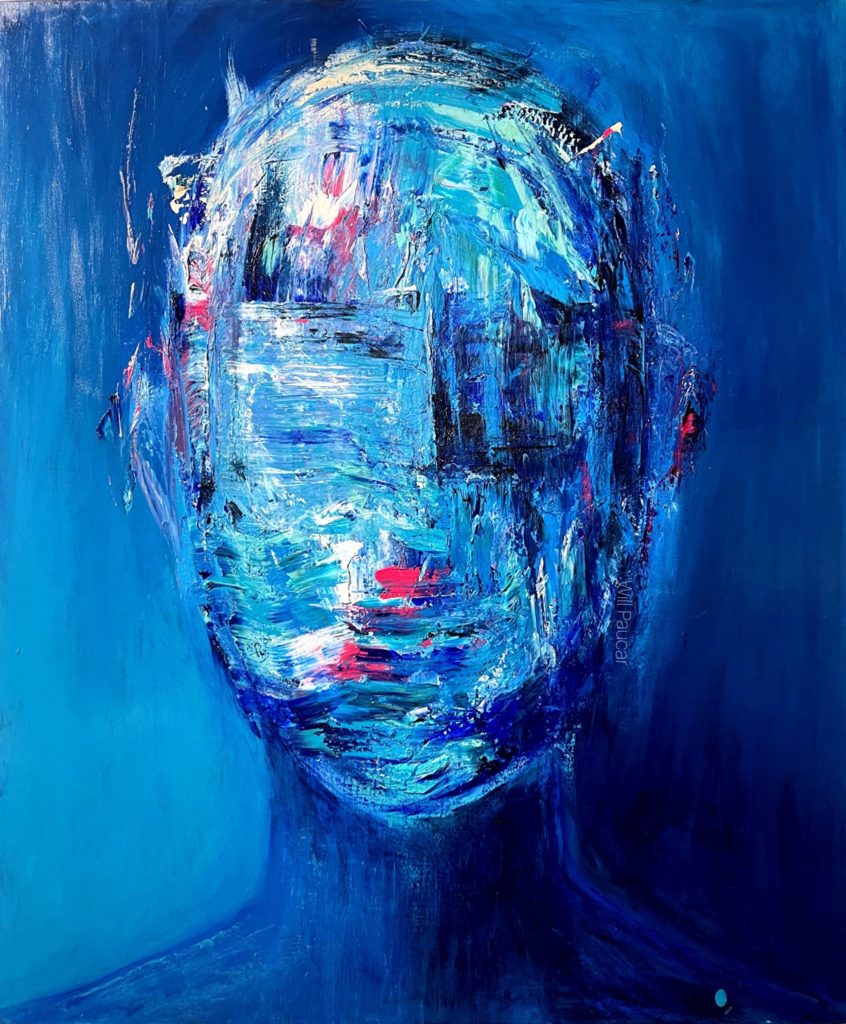
Privo di sguardo, prigioniero di un mondo che non gli appartiene, l’uomo conduce la sua battaglia personale e dissoltosi, ingoiato dalle proprie instabilità, riaffiora consapevole delle proprie fragilità e volontà.
Stabilito, quindi, il giusto equilibrio l’individuo si pone in condizione armonica con sé e l’altro.
Come Goya, Rembrant, Bacon e Munch, anche Will Paucar intraprende un percorso dentro l’oscurità e attraversandola eleva la propria arte figurativa a mezzo introspettivo, metafora di un grimaldello che ogni gabbia apre per tramutarla, infine, in lente d’ingrandimento su un’umanità intesa nella sua essenza di fenomeno globale.
Reckoning. By Will Paucar
What emerges from Will Paucar’s paintings is the slow disintegration that, like a “shadow”, hovers over the human being and generates its most bloody threat.
In order to understand his work and the philosophy behind it, it is necessary to consider each creation as a complex and integral part of a cycle that narrates a psychological evolution.
A work, therefore, that cannot be analysed in its singularity, but rather in series, in which each image only makes sense when read in relation to the next.
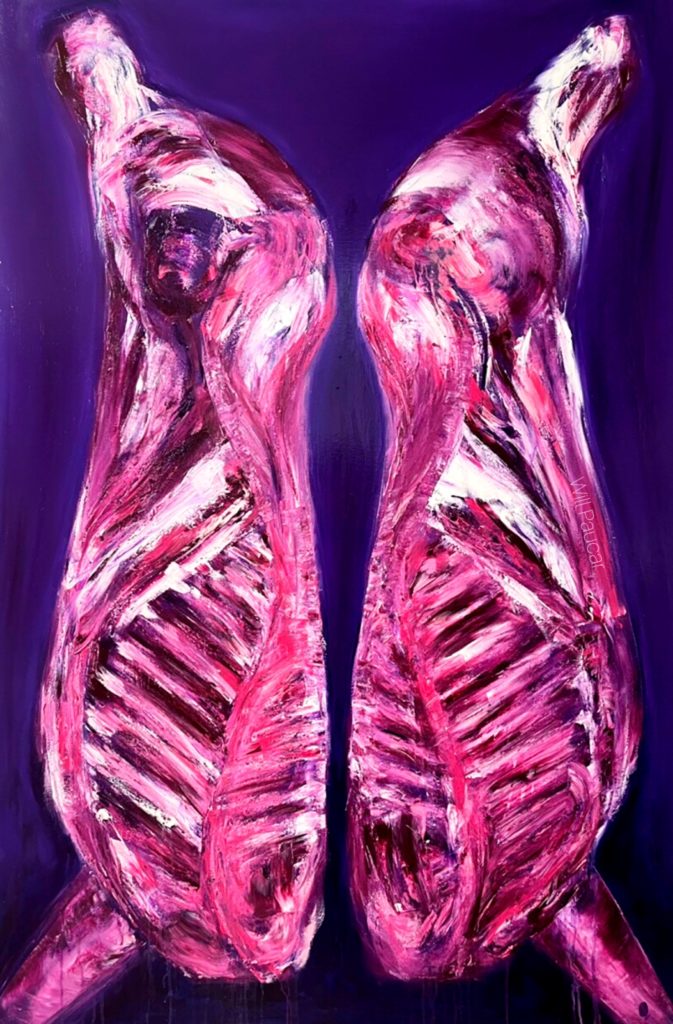
The point of origin is darkness, which, having taken on the garb of the darkest and most sombre emotions, begins a silent journey, only to erupt violently outwards, advancing ever further in search of light.
Like a sponge, the artist absorbs the sadness, the suffering and the pain of the world in order to transmit them to the viewer, together with the metamorphosis that these states will later undergo.
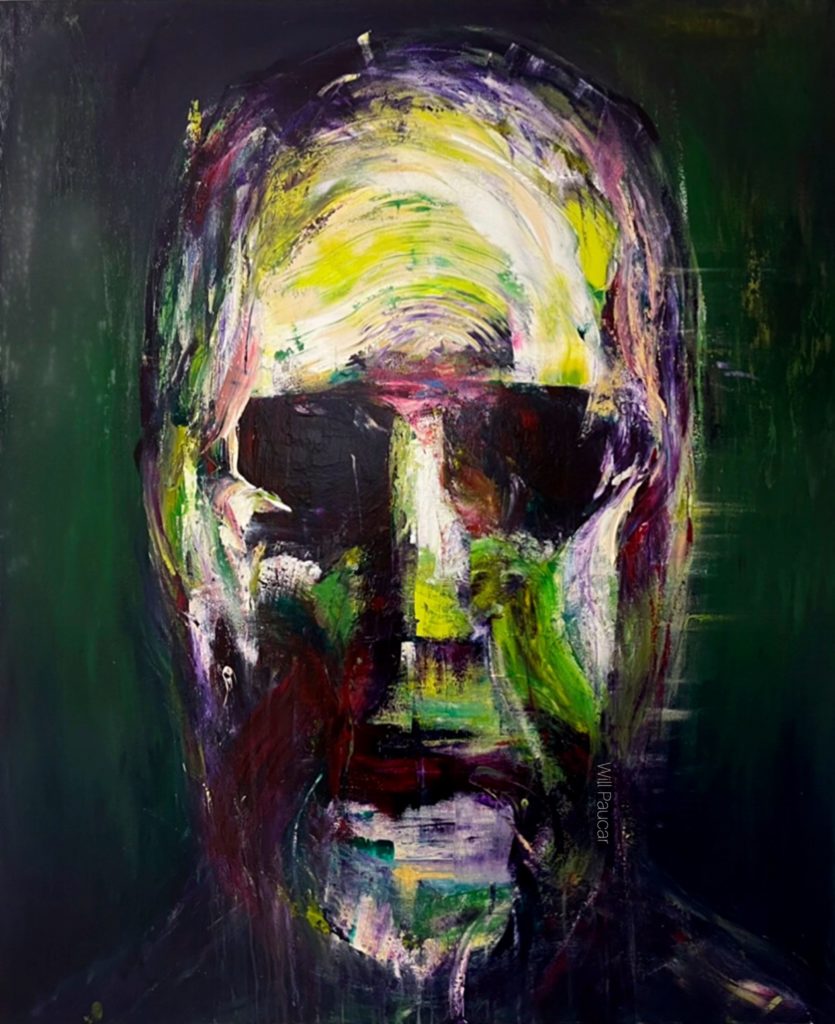
Colour becomes matter, passing from light to dark tones and vice versa.
Where the action on the canvas is instinctive, where the palette knife is fiercer and the artist goes so far as to use his own hands, replacing the classic tools, the rage of that which cannot be explained verbally emerges and dominates the canvas.
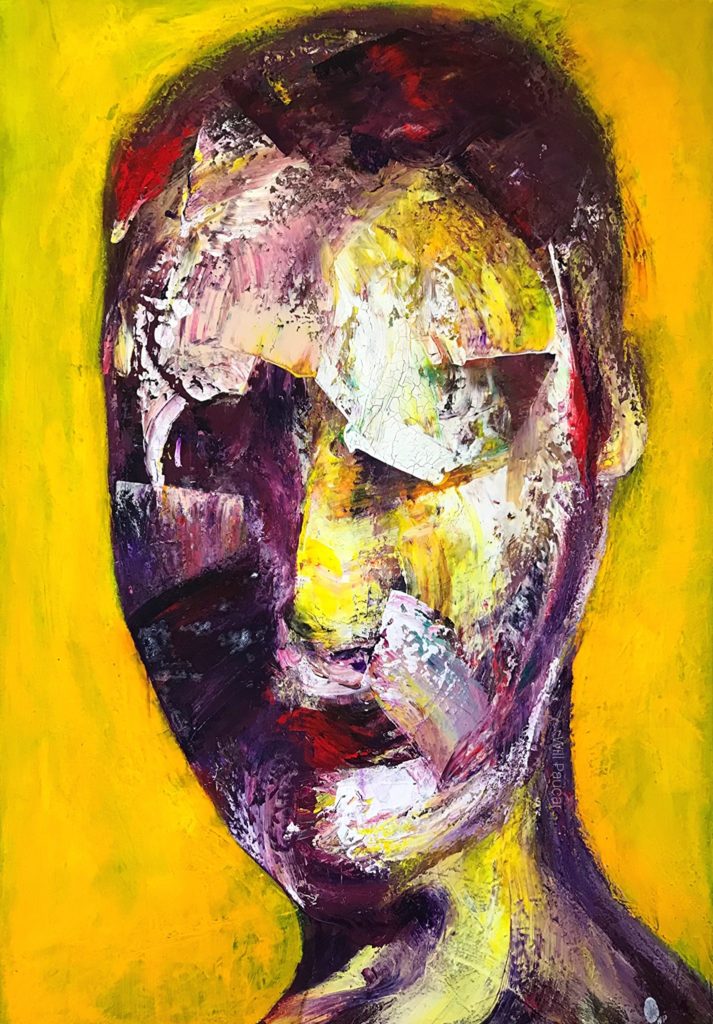
Where the action on the canvas is instinctive, where the palette knife is fiercer and the artist goes so far as to use his own hands, replacing the classic tools, the rage of that which cannot be explained verbally emerges and dominates the canvas.
Deprived of his gaze, a prisoner of a world that does not belong to him, the man fights his personal battle and, dissolved, swallowed by his own instabilities, he emerges aware of his own fragility and his own will.
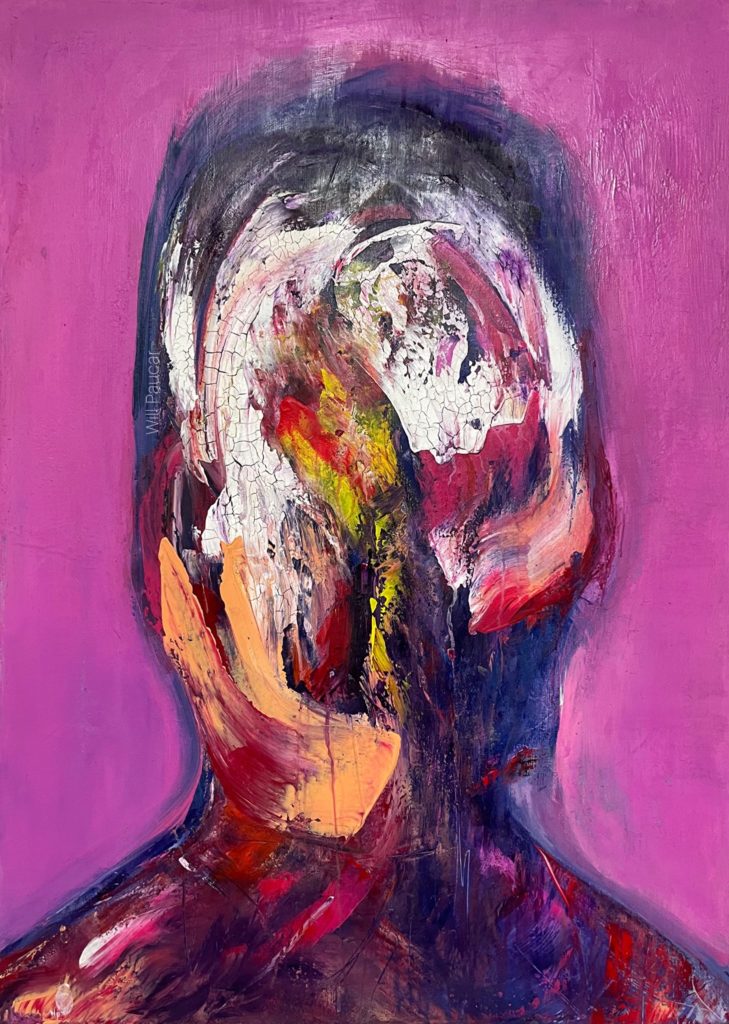
Thus, having found the right balance, the individual finds himself in a state of harmony with himself and with others.
Like Goya, Rembrandt, Bacon and Munch, Will Paucar embarks on a journey into darkness, through which his figurative art becomes an introspective medium, a metaphor of a picklock that opens each cage to transform it into a magnifying glass on humanity, understood in its essence as a global phenomenon.
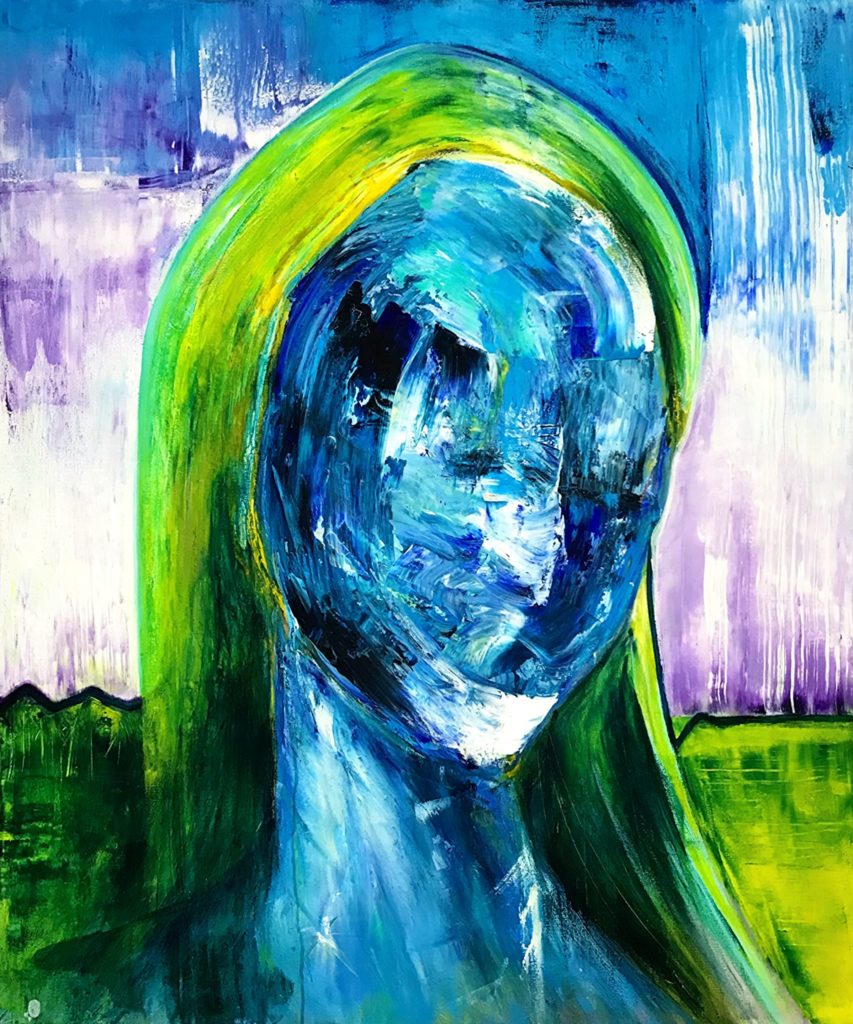
Immagine in evidenza– Featured picture
Antropocene
Dettagli tecnici–Technical details
Mixed media on canva – Tecnica mista su tela
100cm x 120cm
Mara Cozzoli


